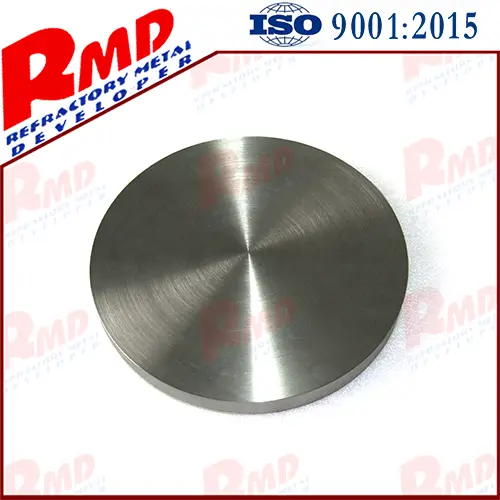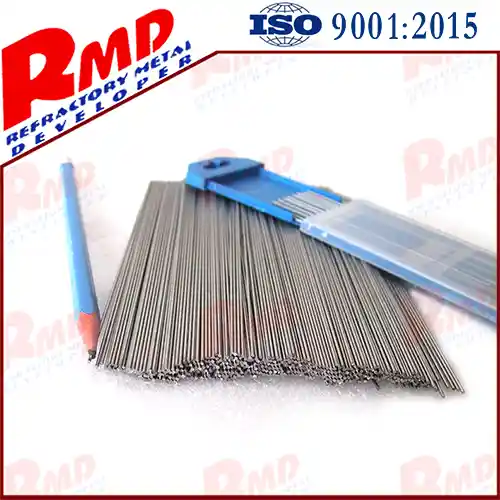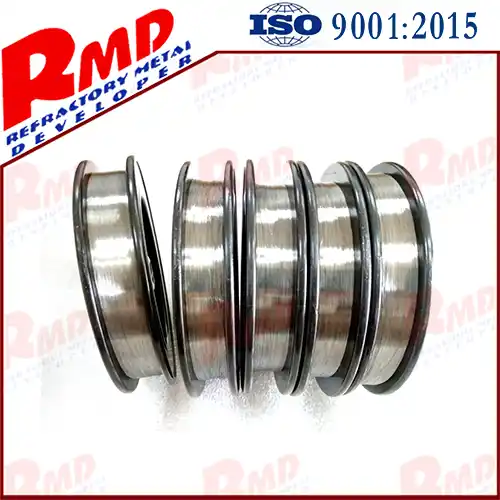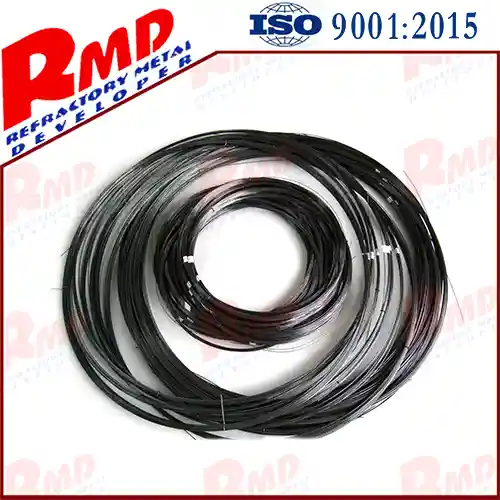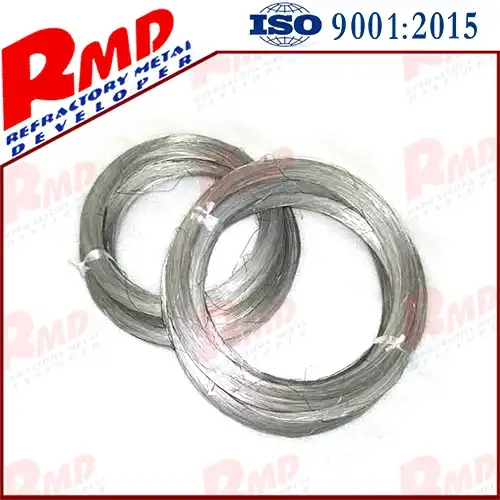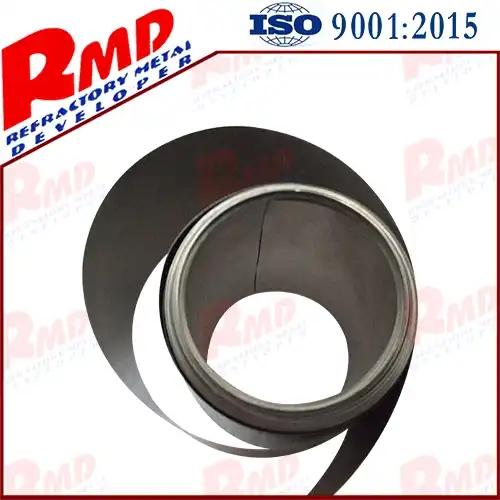- English
- French
- German
- Portuguese
- Spanish
- Russian
- Japanese
- Korean
- Arabic
- Greek
- German
- Turkish
- Italian
- Danish
- Romanian
- Indonesian
- Czech
- Afrikaans
- Swedish
- Polish
- Basque
- Catalan
- Esperanto
- Hindi
- Lao
- Albanian
- Amharic
- Armenian
- Azerbaijani
- Belarusian
- Bengali
- Bosnian
- Bulgarian
- Cebuano
- Chichewa
- Corsican
- Croatian
- Dutch
- Estonian
- Filipino
- Finnish
- Frisian
- Galician
- Georgian
- Gujarati
- Haitian
- Hausa
- Hawaiian
- Hebrew
- Hmong
- Hungarian
- Icelandic
- Igbo
- Javanese
- Kannada
- Kazakh
- Khmer
- Kurdish
- Kyrgyz
- Latin
- Latvian
- Lithuanian
- Luxembou..
- Macedonian
- Malagasy
- Malay
- Malayalam
- Maltese
- Maori
- Marathi
- Mongolian
- Burmese
- Nepali
- Norwegian
- Pashto
- Persian
- Punjabi
- Serbian
- Sesotho
- Sinhala
- Slovak
- Slovenian
- Somali
- Samoan
- Scots Gaelic
- Shona
- Sindhi
- Sundanese
- Swahili
- Tajik
- Tamil
- Telugu
- Thai
- Ukrainian
- Urdu
- Uzbek
- Vietnamese
- Welsh
- Xhosa
- Yiddish
- Yoruba
- Zulu
Performance Characteristics Of Various Tungsten Alloys
2024-01-05 18:00:06
Molybdenum Tungsten Alloy
Alloys containing molybdenum and tungsten, which include molybdenum-based molybdenum-tungsten alloys and tungsten-based tungsten-molybdenum alloy series. This kind of alloy can be formed in any proportion and is a complete solid solution alloy at all temperatures.
Niobium Tungsten Alloy
A niobium alloy formed by adding a certain amount of tungsten and other elements based on niobium. Tungsten and niobium form an infinite solid solution. Tungsten is an effective strengthening element of niobium, but as the amount of tungsten increases, the plasticity-brittle transition temperature of the alloy will rise, and the grains will also grow significantly. Therefore, to obtain a high-strength niobium-tungsten alloy, the amount of tungsten added must be appropriately controlled, and at the same time, an appropriate amount of elements such as zirconium and hafnium must be added to refine the grain and reduce the plasticity-brittle transition temperature. In 1961, the United States successfully developed the Nb-10W-2.5Zr alloy for the skin of the space shuttle, and later developed into the Nb-10W-1Zr-0.1C alloy. In the early 1970s, China also successfully developed NbWl0Zr2.5 and NbWl0Zr1C0.1 alloys.
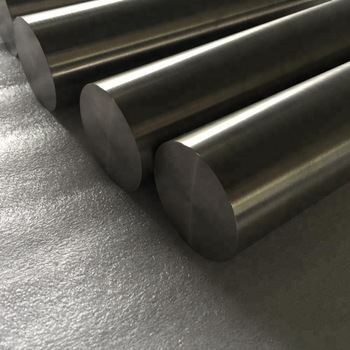
Light alloy
Aluminum-lithium alloy has the characteristics of high specific strength (breaking strength/density), high specific rigidity and low relative density. If used as a modern aircraft skin material, a large passenger aircraft can reduce the weight by 50 kg. Take the Boeing 747 as an example, for every 1 kg lightened, a profit of US$2,000 can be made a year. Titanium alloy is lighter than steel, corrosion resistant, non-magnetic, and high in strength. It is an ideal material for aviation and naval vessels.
Hydrogen storage alloy
Due to the limited reserves of oil and coal, and environmental pollution and other problems during use, especially the global oil crisis in the 1970s, hydrogen energy has become a research hotspot as a new clean fuel. In the process of hydrogen energy utilization, hydrogen storage and transportation is an important link. In 1969, a company developed the LaNi5 hydrogen storage alloy, which has a large amount of reversible hydrogen absorption and release properties. The density of hydrogen in the alloy hydride LaNi5H6 is equivalent to that of liquid hydrogen, about 1,000 times the density of hydrogen.
